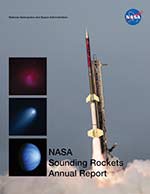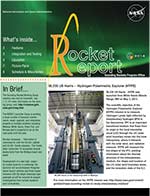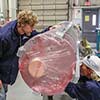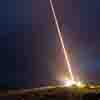
46.018 UO KOEHLER/COLORADO SPACE GRANT
ROCKSAT-XN
- Mission
- Vehicle
- Launch
- Photos
This was an international student mission with participation from the US, Norway and Japan and follows the RockSat-X mission architecture. RockSat-X student experiments are developed with an objective of providing students with an enhanced experience of flying experiments exposed to the space environment. This mission differs from the historical RockSat-X architecture in two major ways: it is being launched from Norway, and it incorporates foreign national participation.
The following student experiments will be flown on this mision:
UiT = University of Norway –Tromso
Detect and measure distribution of neutral Mesospheric Smoke Particles (MSP) in the winter Mesosphere.
Using a new probe design; Smoke Particle Impact Detector (SPID) that will allow detection of small MSP´s
UiO = University of Oslo
Release six sub-payload modules (daughters) and establish communication.
Measure small-scale electron density using Langmuir probe systems deployed on the daughters.
Post-flight data analysis to study plasma turbulence and instability.
PARM –University of Tokyo
Observe the incoming Pulsating Aurora (PsA) electrons in a wide energy range from a few tens of keV to a few MeV by onboard particle detectors.
Observe the temporal/spatial variations of PsA by an onboard optical instrument which is essential for studying PsA.
PSU: Pennsylvania State University
Contribute to understanding of the cause(s) of Polar Mesosphere Winte Echoes (PMWEs)
Use instruments to collect measurements and compare data to a ground radar devoted to measuring PMWEs during the experiment.
CTU –Capital Tech University
Identify atmospheric composition through spectral analysis and/or capture.
Verify functionality of modified Aerogel thermal insulation.
UNH –University of New Hampshire
Observe directly (Nitric Oxide) NO air afterglow emissions vs. altitude.
Calculate NO densities and enhancements vs. typical background values.
UPR –University of Puerto Rico
The experiment consist on the collection and analysis of organic compounds located inside the aurora borealis trail.
Additionally, the SRPO is flying an experiment on this mission.
The Terrier-Improved Malemute is a two stage sounding rocket with a Terrier first stage and Improved Malemute second stage. This vehicle can reach altitudes of about 600 km. Payloads weighing from 400 to 1200 pounds can be flown.
Additional sounding rocket vehicles










